What landscapes are hidden deep within the Earth?
Beneath the Earth’s crust lies the mysterious mantle, and beneath that, the core. Although these layers form 99% of Earth’s volume, studying them is no easy task. Dr Paula Koelemeijer, a seismologist at the University of Oxford, UK, uses seismic waves to ‘X-ray’ our planet, enabling her to build a picture of the structures that exist deep in the mantle and to interpret these in terms of the processes that have shaped our planet.
TALK LIKE A SEISMOLOGIST
CONVECTION — the movement of material due to temperature differences, with lower-density (often hotter) material rising while denser (typically colder) material sinks
CORE — the central portion of the Earth, primarily composed of iron and nickel
CRUST — the thin, outer layer of the Earth on which we live
GEODYNAMO — the generation of the Earth’s magnetic field by convection in the outer core
MAGNITUDE — a measure of the strength of an earthquake, with a larger magnitude corresponding to a larger earthquake
MANTLE — the layer between the Earth’s crust and core, primarily composed of silicon, magnesium and oxygen
RESONANCE — the frequency at which a system naturally vibrates
SEISMIC WAVES — elastic vibrations that travel through the Earth
SEISMOMETER — the instrument used to record seismic waves
STANDING WAVES — stationary waves which cause a material to vibrate at its resonance frequency
There is a lot going on down below our feet. The radius of the Earth is 6,371 km, yet the crust on which we live only has an average thickness of 30 km. So, what lies below? At 2,900 km beneath the surface, we reach the Earth’s core, comprising a solid inner ball of iron and nickel surrounded by a liquid outer iron and nickel core. Between the core and the crust is the solid mantle, which makes up two-thirds of the Earth’s mass and is the source of magma that occasionally reaches the surface via volcanic eruptions. These layers are far too deep for us to physically reach, but techniques in the field of seismology allow scientists to build a picture of what is happening down there.
Dr Paula Koelemeijer is one such scientist. As a seismologist at the University of Oxford, she is using seismic waves to image the structures that exist deep within the Earth. “My research focuses on understanding the structures in the mantle,” she says, “which are products of the dynamic processes occurring in the Earth since its formation.”
These dynamic processes include vigorous convection in the liquid outer core that produces the Earth’s magnetic field (in a process known as the geodynamo) and sluggish convection in the mantle. Despite being solid, the mantle is constantly moving over a million-year timescale. Heat from the core causes material in the mantle to rise slowly upwards until it nears the crust, cools and sinks back down, generating convection currents. These currents move the tectonic plates that make up the crust and therefore control the global distribution of earthquakes and volcanoes. “Without these dynamic processes, life on Earth would not have been possible,” says Paula. “We can learn about them by studying the structures they produce deep in the Earth.”
X-RAYING THE EARTH
Earthquakes produce waves of energy that travel through the Earth, diminishing in strength with distance. The speed at which these waves travel depends on the material through which they are travelling. “Each wave recorded by a seismometer therefore contains information about the material it travelled through,” explains Paula. “By recording thousands of waves from hundreds of earthquakes, we can combine all these data to build a 3D model of the velocity structure of the Earth.” In this way, seismic waves can be used to ‘X-ray’ the Earth’s interior.
THE MUSIC OF THE EARTH
Paula is especially interested in vibrations called ‘standing waves’, produced by very large earthquakes (greater than magnitude 7.5). In the case of standing waves, the wave itself does not move in space, but instead, the material vibrates with a certain frequency. “Think about plucking a guitar string,” says Paula. “We hear a specific pitch or sound as the guitar string vibrates at a particular frequency.”
Similarly, after particularly strong earthquakes, the Earth deforms periodically with a resonance frequency, as if it is a bell hit by a hammer. The measured frequency recorded by seismometers depends on the properties of the Earth, just as a guitar’s pitch depends on the properties of the plucked string. Plucking a different guitar string will produce a different note, while different materials in the Earth will produce standing waves with different resonance frequencies. Paula can therefore use the observed frequencies of standing waves (which she refers to as the ‘music of the Earth’) to draw conclusions about the material deep inside the Earth.
One of Earth’s standing waves is known as the ‘breathing mode’, where the whole planet inflates and deflates at the same time. After the magnitude 9.1 Sumatra earthquake in 2004, this inflation was about 0.5 μm. Although this is much thinner than the width of a human hair, it resulted in the Earth’s volume changing by roughly 50 km3 every hour!
HIDDEN LANDSCAPES WITHIN THE EARTH
Differences in the physical and chemical properties of the layers of the Earth result in significant boundaries between them, such as the core-mantle boundary. “These boundaries may have physical topography on them, with kilometre-high mountains and valleys, induced by mantle flow,” says Paula. “Similar to the Earth’s surface where landscapes are formed by topography together with vegetation and other characteristics, I envisage these boundaries and the seismic structures we find close to them as landscapes within the deep Earth.”
In her research, Paula combines travelling and standing seismic waves to make 3D models of the Earth’s mantle and to study the landscape of the core. She particularly focuses on two large and intriguing ‘blobs’ deep in the Earth’s mantle, where seismic waves travel more slowly than through the rest of the mantle. “These blobs cover about 25% of the surface of the core, and extend many hundreds of kilometres into the mantle,” she says. “If these blobs were on the surface of the Earth, the International Space Station would have to navigate around them!”
There is much debate among scientists about what these structures are. The blobs may be purely thermal features, with higher temperatures in these regions causing seismic waves to travel more slowly through them. Or there may also be chemical differences between the background mantle and the material of the blobs, making them thermochemical structures.
“The properties of these two structures affect several dynamic processes in the mantle, including the way in which material moves,” says Paula. If these blobs have a different chemistry, they may act as blankets that prevent the core from cooling down. This would change our understanding of how the Earth has cooled over time.
To solve this mystery, scientists need to know the density of these blobs and the only seismic data that can provide information on density are the Earth’s standing waves. Paula continues to study these in detail, with the hope of constraining the properties of the blobs and creating more accurate pictures of the landscapes hidden within the Earth.
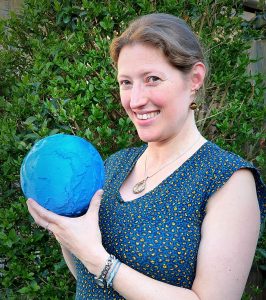 DR PAULA KOELEMEIJER
DR PAULA KOELEMEIJER
Department of Earth Sciences, University of Oxford, UK
FIELD OF RESEARCH: Seismology
RESEARCH PROJECT: Using seismic waves to image the landscapes present deep below the Earth’s surface
FUNDERS: Royal Society, Natural Environment Research Council (NERC), Leverhulme Trust
This work is supported by the Royal Society, under award numbers URF\R1\180377 and RGF\EA\181029. The contents are solely the responsibility of the authors and do not necessarily represent the official views of the Royal Society.
ABOUT SEISMOLOGY
Seismologists use seismic waves to understand the world around us. Seismic waves are not only generated by earthquakes, but also arise due to other sources. This section explores some of the more unusual topics that fall within seismology.
MOONQUAKES AND MARSQUAKES
It is not just our planet that experiences seismic events. Thanks to seismometers placed on the Moon during the Apollo missions and on Mars during the InSight mission, seismologists also study moonquakes and marsquakes! “Although the number of seismometers on the Moon and Mars is limited, we have still learnt a great deal about their structure,” explains Paula. “Both the Moon and Mars, like the Earth, have an iron core. In the case of Mars, the core is still fluid.” Seismologists use these moonquakes and marsquakes to build models of the interiors of planetary bodies, helping scientists to understand planetary evolution.
WILDLIFE MONITORING
Paula has also collaborated with zoologists to investigate a very peculiar seismic source: elephants. “The size of elephants means their movements produce vibrations large enough to pick up on seismometers,” she says. “Additionally, their communication rumbles generate low-frequency vibrations that travel through the ground as seismic waves.”
A few years ago, Paula was in the field in Kenya to study whether we can determine different elephant behaviours by analysing the seismic signals detected on seismometers. The long-term aim is to inform on poaching threats and catch poachers in the act. “If these seismic signals can be used to monitor elephants remotely, we may notice when the animals are in distress,” says Paula. “For instance, if we detect with seismic waves that elephants are running in panic, it is possible they are being poached.”
ANTHROPOGENIC NOISE
Seismic waves are also caused by human activities. Paula has a seismometer in her home that, as well as detecting earthquakes in the UK and from across the world, picks up vibrations from cars on the road outside, passing trains and the neighbours’ washing machines!
In urban areas, our rhythms of life produce predictable patterns in seismic noise, with commuting hours showing the highest seismic activity, and lulls during the night and at weekends. “In recent years, there has been growing interest in urban seismology and what we can potentially learn about human behaviour,” says Paula.
The dominance of commuter movements as a source of anthropogenic seismic activity was highlighted in 2020 as the COVID-19 pandemic took hold. “As national lockdowns were enforced around the world, our human activities almost stopped entirely, as people studied and worked from home. Trains, buses and cars came to a standstill and, consequently, there was a worldwide reduction of 50% in background seismic noise.” This presented an opportunity for seismologists to measure the natural seismic activity of urban areas, shedding light on background fault movements near cities.
Reference
https://doi.org/10.33424/FUTURUM323
PATHWAY FROM SCHOOL TO SEISMOLOGY
• “Seismology, and geophysics in general, are very quantitative subjects. It is therefore primarily useful to take physics and maths at school,” advises Paula. “Geology can provide additional background knowledge but is not essential.”
• Computer coding is a key skill for seismologists, so learn programming as soon as possible.
• Most seismologists will have an undergraduate degree in geophysics, physics, geology or Earth science, followed by a master’s and/or PhD in geophysics.
EXPLORE CAREERS IN SEISMOLOGY
• Seismologists can apply their skills to a huge range of topics, from determining the internal structure of planets to understanding the hazards caused by earthquakes, and from characterising the subsurface for energy exploration and storage to studying wildlife and human behaviour.
• Find out what a seismologist does and what skills and qualifications they need in this career profile from The Geological Society: www.geolsoc.org.uk/Geology-Career-Pathways/Careers/Career-Profiles/Seismologist-Profile
• The British Geological Survey conducts research into earthquakes in the UK (www.earthquakes.bgs.ac.uk) and offers work experience opportunities for school students: www.bgs.ac.uk/about-bgs/working-with-us/work-experience
• The Incorporated Research Institutions for Seismology (www.iris.edu/hq) has a wealth of information about seismology. Explore the Education tab on its website to find lesson plans, videos and fact sheets about seismology, and to discover where earthquakes have occurred around the world in the last month, week or 24 hours.
• The UK’s National Careers Service (nationalcareers.service.gov.uk/job-profiles/seismologist) and Career Addict (www.careeraddict.com/become-a-seismologist-in-the-uk) give an overview of seismology careers, including where seismologists work, salaries and the skill sets needed.
EXPLORE THE RESOURCES FROM THE UNIVERSITY OF OXFORD
• The Department of Earth Sciences has a wealth of resources for teachers and students of all ages, including videos, worksheets and classroom experiments: www.earth.ox.ac.uk/teaching/outreach/resources-for-learners-and-educators-2
• The department can also arrange school visits and talks: www.earth.ox.ac.uk/teaching/outreach
• The department participates in the university’s access programme, UNIQ, which allows students from state schools and underrepresented groups to visit the University of Oxford for a residential course, introducing them to academic activities and enabling them to experience college life, as well as providing support during the admission process: www.uniq.ox.ac.uk
• Oxford Sparks has videos and podcasts covering a wide range of scientific topics, from chemistry to computer science, maths to medicine: www.oxfordsparks.ox.ac.uk
HOW DID PAUL A BECOME A SEISMOLOGIST?
WHAT WERE YOUR INTERESTS WHEN YOU WERE YOUNGER?
According to my mum, when I was little, I picked up rocks and pebbles wherever I went. At school, I loved Greek and Roman mythology and solving puzzles, before becoming more interested in the sciences in secondary school.
DID YOU ALWAYS WANT TO BE A SEISMOLOGIST?
Initially, I wanted to be a volcanologist. This, together with the fact I could combine my interests in physics, maths and chemistry, led me to study a general Earth sciences degree. During my studies, I migrated towards the geophysics side of Earth sciences and became primarily interested in seismology.
WHAT DO YOU MOST ENJOY ABOUT YOUR JOB?
I get to work with lots of interesting people and basically do what I am interested in for a living! Although keeping a healthy work-life balance can be difficult from time to time, I still love it.
WHAT HAS BEEN THE HIGHLIGHT OF YOUR CAREER SO FAR?
In 2021, I was awarded a Philip Leverhulme Prize for research excellence. I felt honoured as well as humbled, as there are so many amazing scientists. Being awarded such a prize is not only heart-warming, but also will enable me to pursue a new research project in urban seismology, which will focus on the natural seismicity and sources of seismic noise in London.
WHAT ARE YOUR AMBITIONS FOR THE FUTURE?
I hope to be more involved in seismic deployments to study local seismicity and subsurface structures. As a global seismologist, I rarely get to do fieldwork as I mostly analyse data recorded by instruments that are already in place. Having trained as a geologist, I miss being in the field so I always look for opportunities for fieldwork.
WHAT DO YOU ENJOY DOING OUTSIDE OF WORK?
A lot of my ‘free’ time is taken up by work, as I just enjoy doing research. I also develop 3D printed materials and globes for outreach activities. Besides this, I enjoy hiking, gardening and swimming, as well as spending time with my 2-year-old daughter.
PAULA’S TOP TIPS
01 Don’t worry too much about figuring out your entire career path when you are young. I certainly couldn’t have predicted where I am now when I was at school.
02 Remember that whatever skills you learn and develop in a particular degree can be applied in many different disciplines and jobs.
03 Pursue a topic that really interests you, rather than one that has a lot of well-paid job prospects. This way, you will be more motivated and will likely enjoy your work more.
Do you have a question for Paula?
Write it in the comments box below and Paula will get back to you. (Remember, researchers are very busy people, so you may have to wait a few days.)

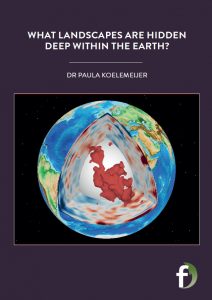
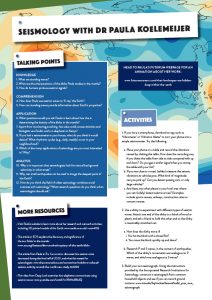
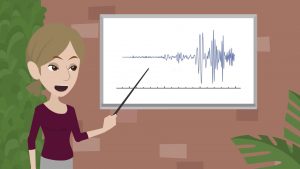
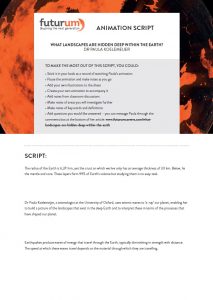
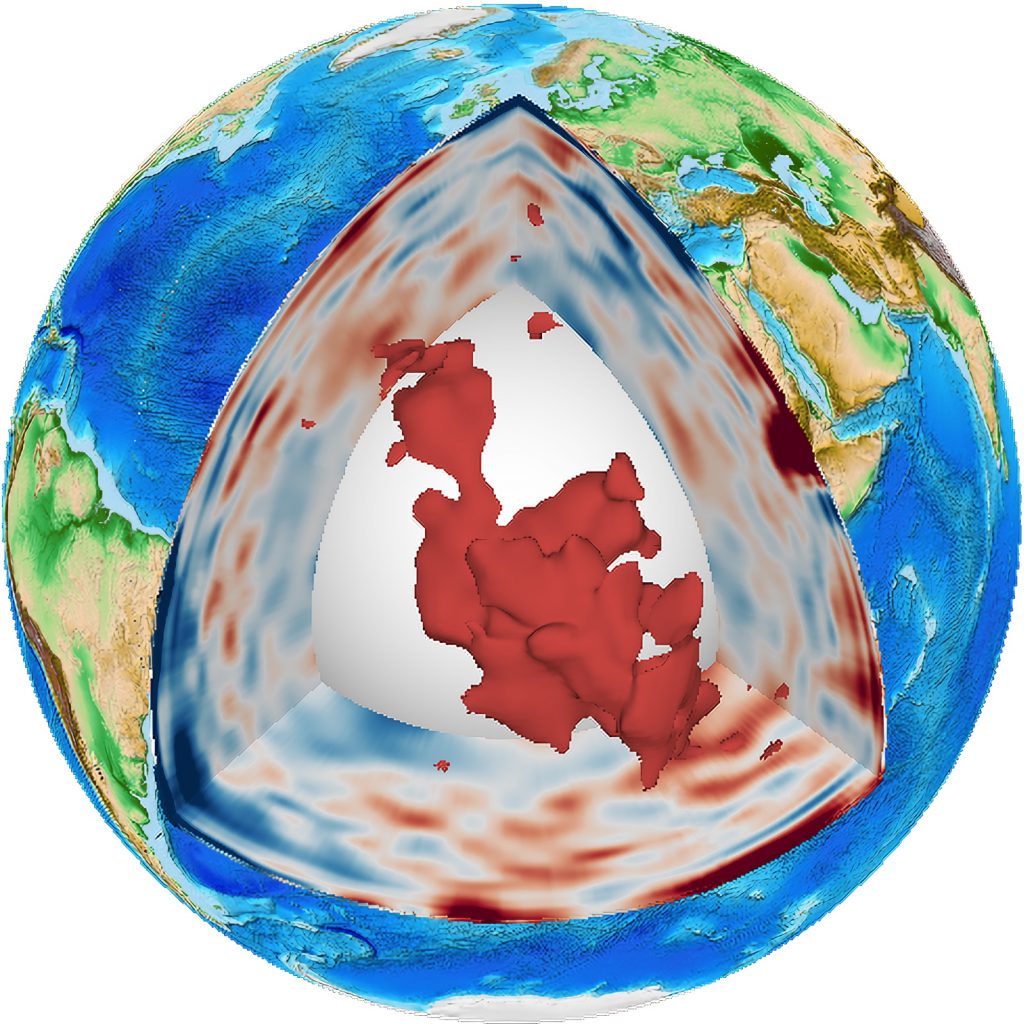
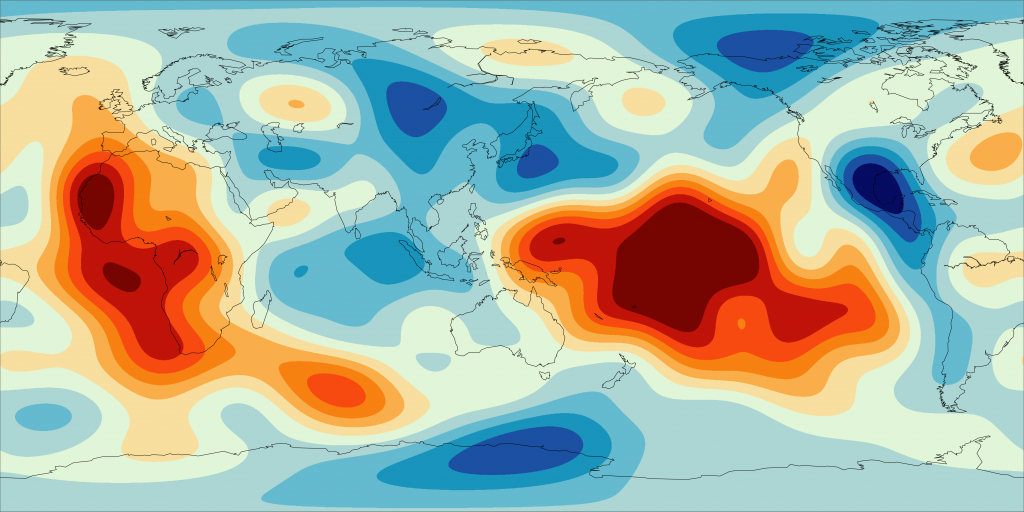
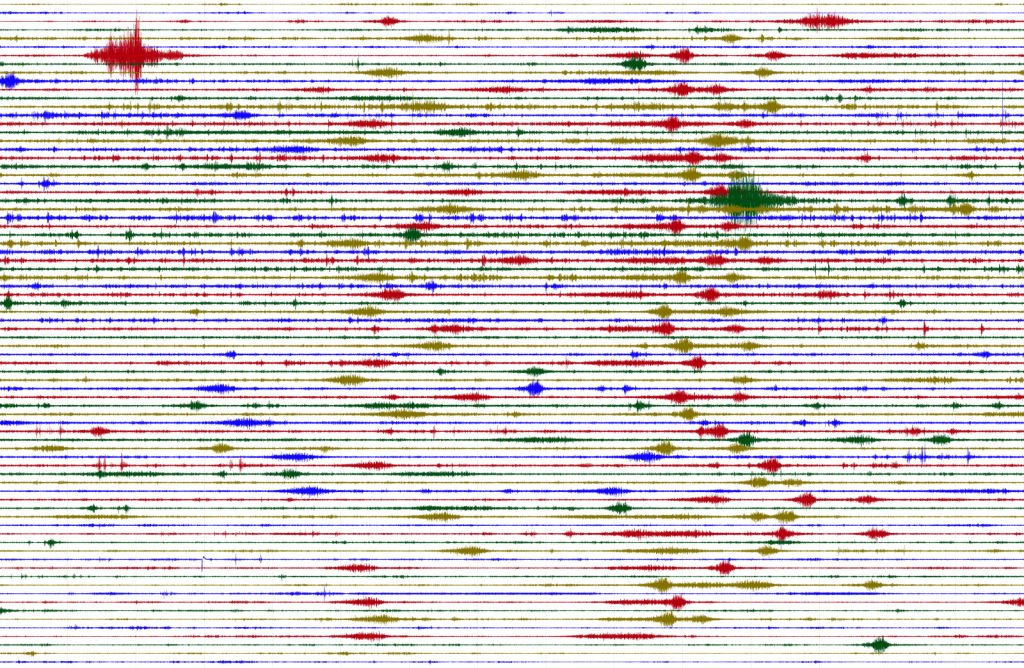
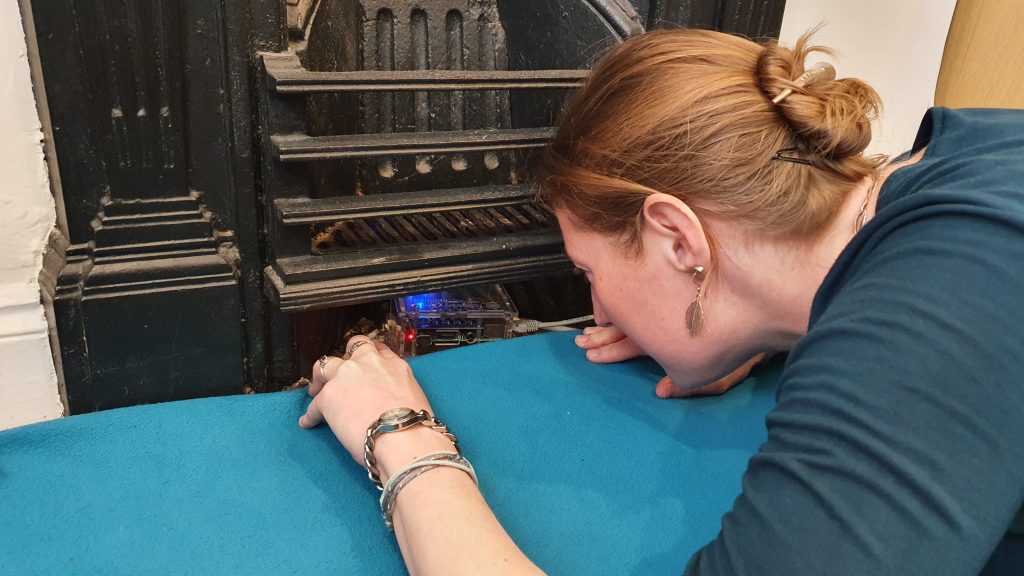
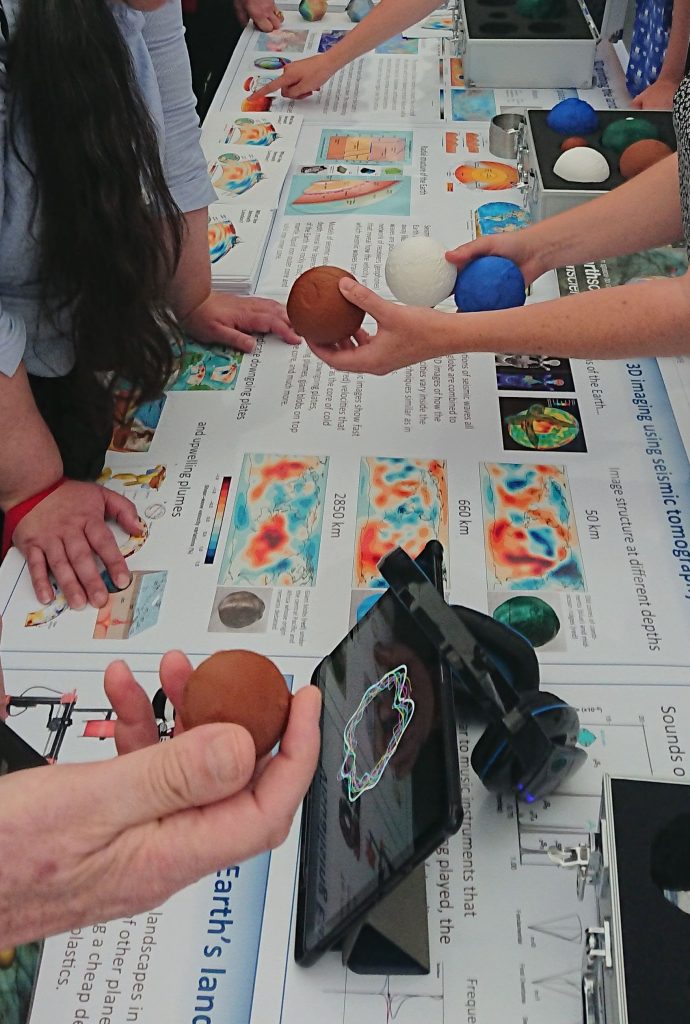

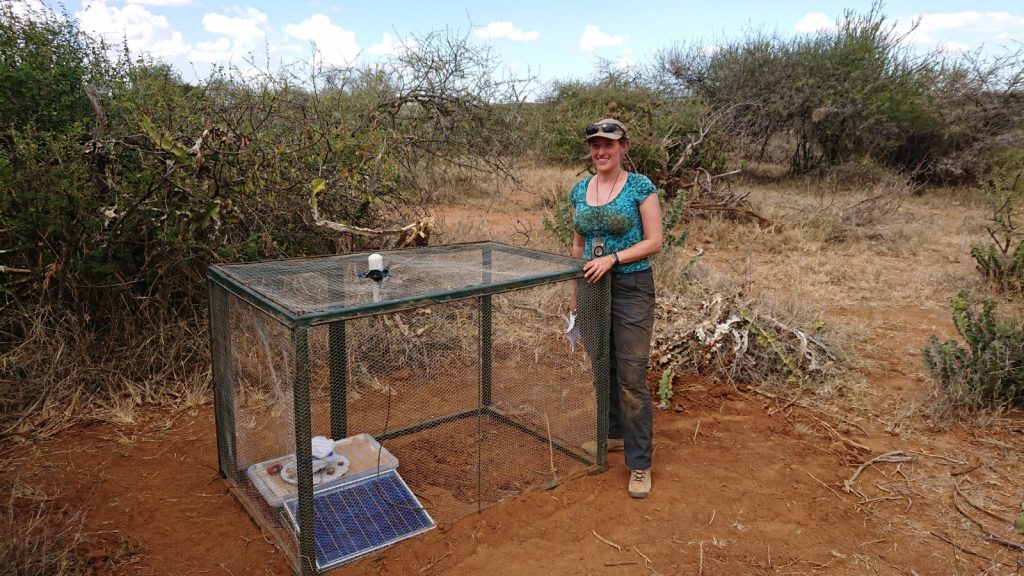
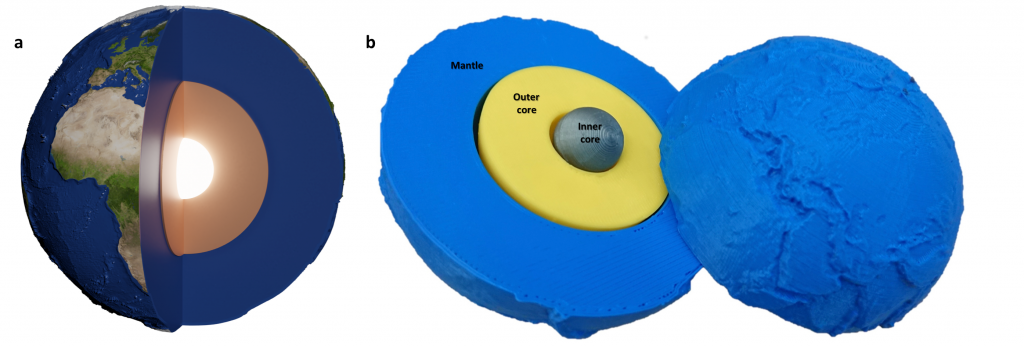
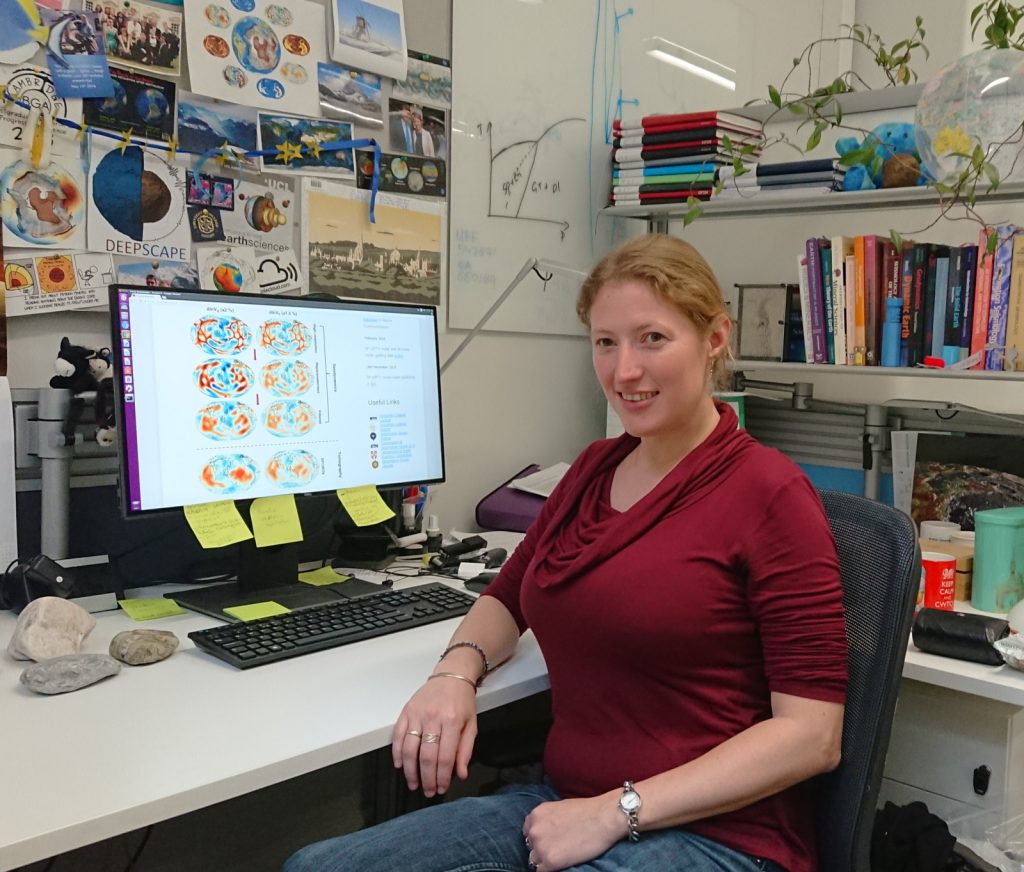


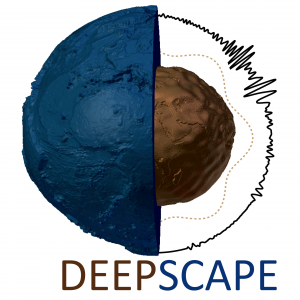


Once upon a time, in a world not so different from our own, there existed a hidden force within the depths of the Earth. This concealed entity was known as Either, an ancient cosmic prison where millions of years ago, humans from distant galaxies were banished.
Long ago, during a period of prosperity and enlightenment, civilizations across the cosmos were flourishing. However, within their midst, a relentless darkness emerged, threatening to engulf the universe itself. The combination of immense knowledge and ambition had led certain factions of humanity astray, engaging in unthinkable acts of cruelty and destruction.
Unable to witness the catastrophic consequences, the leaders of the great civilizations tirelessly explored the cosmos in search of a solution. Eventually, they stumbled upon a hidden cosmic prison known as Nethyyr. The prison, imbued with an unimaginable force, was situated deep within the core of a planet, veiled from the eyes of the universe.
Recognizing the necessity for the preservation of harmony among galaxies, the leaders devised a plan. They selected a diverse group of individuals, each possessing unique skills and virtues, to be sent to Neither. These chosen souls, representing every corner of the cosmos, were the last remnants of their respective civilizations.
The inhabitants of Nether were granted a profound gift by the cosmic forces – a means to survive and communicate within the inescapable confines of their subterranean prison. Their bodies were changed, granting them the ability to manipulate energy and create luminescent pathways of light, allowing them to traverse through the depths of Neither ancient halls. Collectively, these individuals came to be known as the Luminary Guardians.
Through the centuries, the Luminary Guardians evolved, weaving their narratives and honing their abilities to protect Nethyr’s delicate balance. Within the underground labyrinth, they discovered vast libraries of forgotten knowledge. They worked collaboratively to decipher these hidden teachings, discovering the true purpose of their confinement.
Nethyr was not merely a prison but a place of redemption. The cosmic forces sought to transform those banished into guardians of balance, imbuing them with immense power, wisdom, and empathy. As guardians of Nethyr, they were given the responsibility to ensure the light of hope within them never extinguished.
However, the Guardians’ purpose extended far beyond Neither boundaries. They knew that only by spreading harmony and prosperity throughout the cosmos could the cycle of darkness be broken. And so, born from their unity, they devised a plan to awaken humanity to the truths they had uncovered deep within Neither.
Through ancient artifacts imbued with residual cosmic energy, the Luminary Guardians began influencing dreams and whispering ancient knowledge into the hearts of those called the Seekers. These individuals, both ordinary and extraordinary, were chosen across time and space, acting as beacons of inspiration who would lead humanity towards enlightenment and redemption.
Over the centuries, these messages found their way to countless unknowing seekers, guiding them on their personal journeys of self-discovery and enlightenment. These seekers created revolutions, made scientific breakthroughs, and achieved extraordinary acts of kindness and empathy, all unknowingly driven by the hidden force from within Nether.
And so, the force that lay hidden deep within the Earth, the ancient cosmic prison Neither, shaped the destinies of humanity, forever etching its influence upon the course of history. It whispered words of hope and wisdom, guiding humanity towards a brighter future, reminding them that the divine light within them could conquer any darkness, no matter how vast.
We really enjoyed reading your comment. Thank you Robert.
Futurum Webmaster